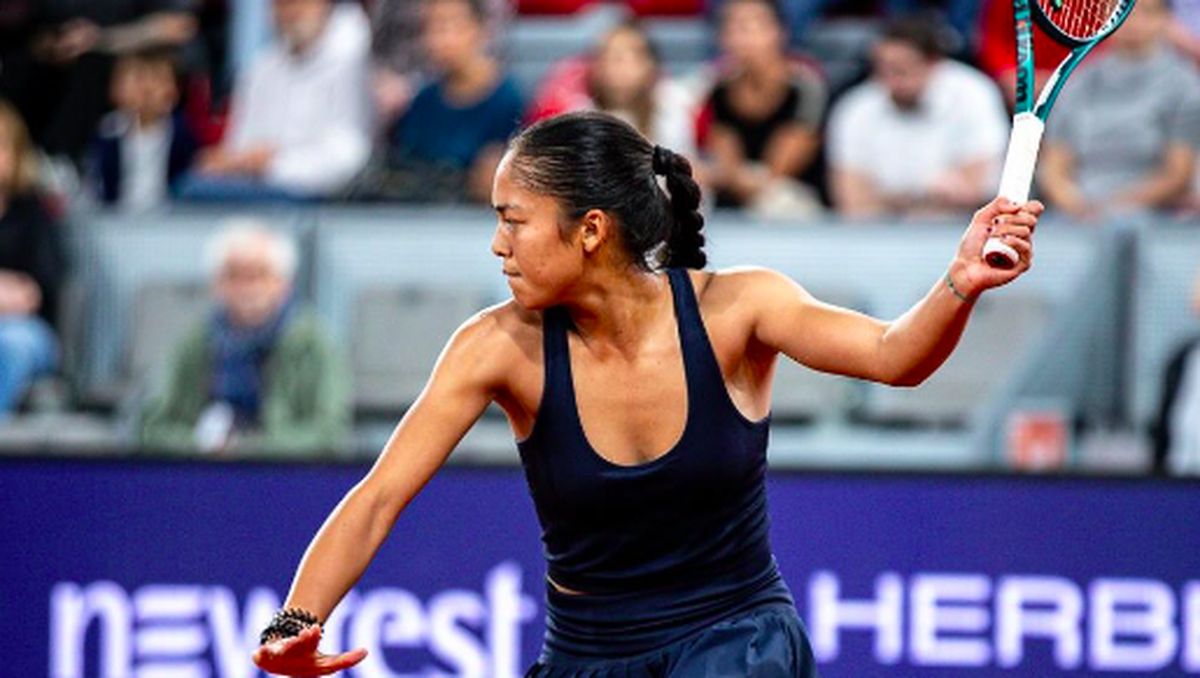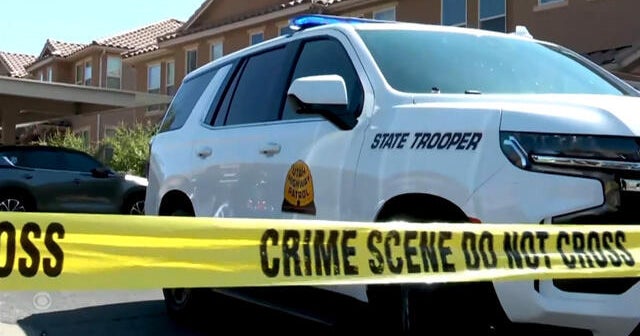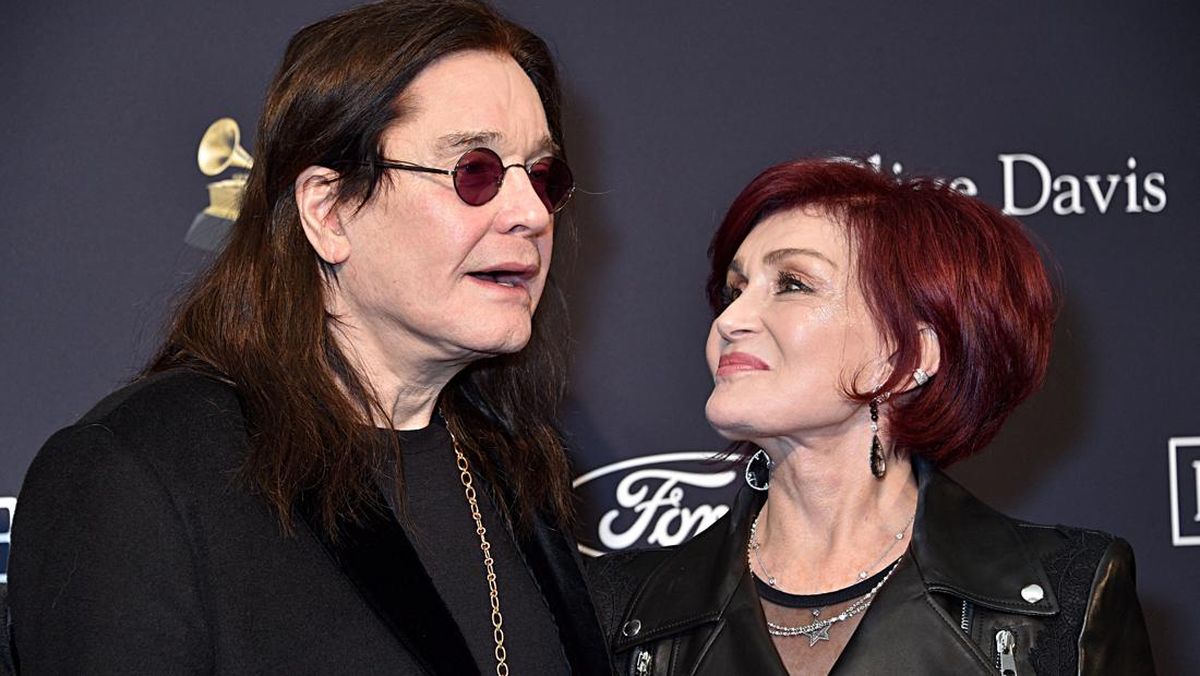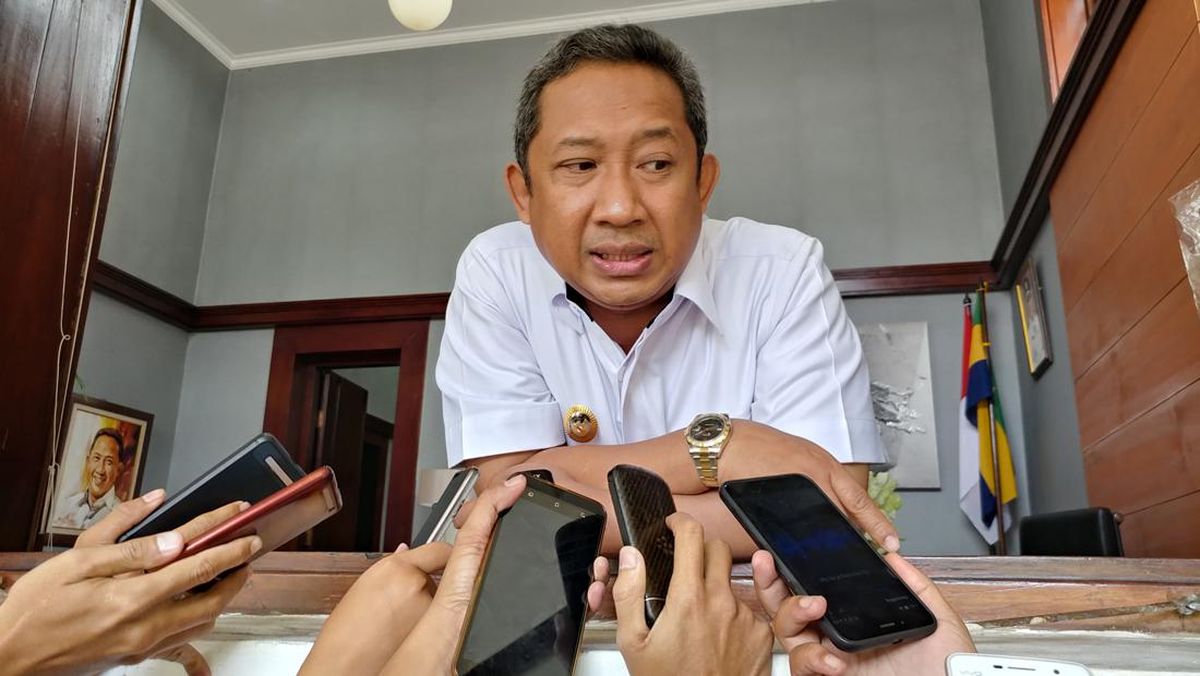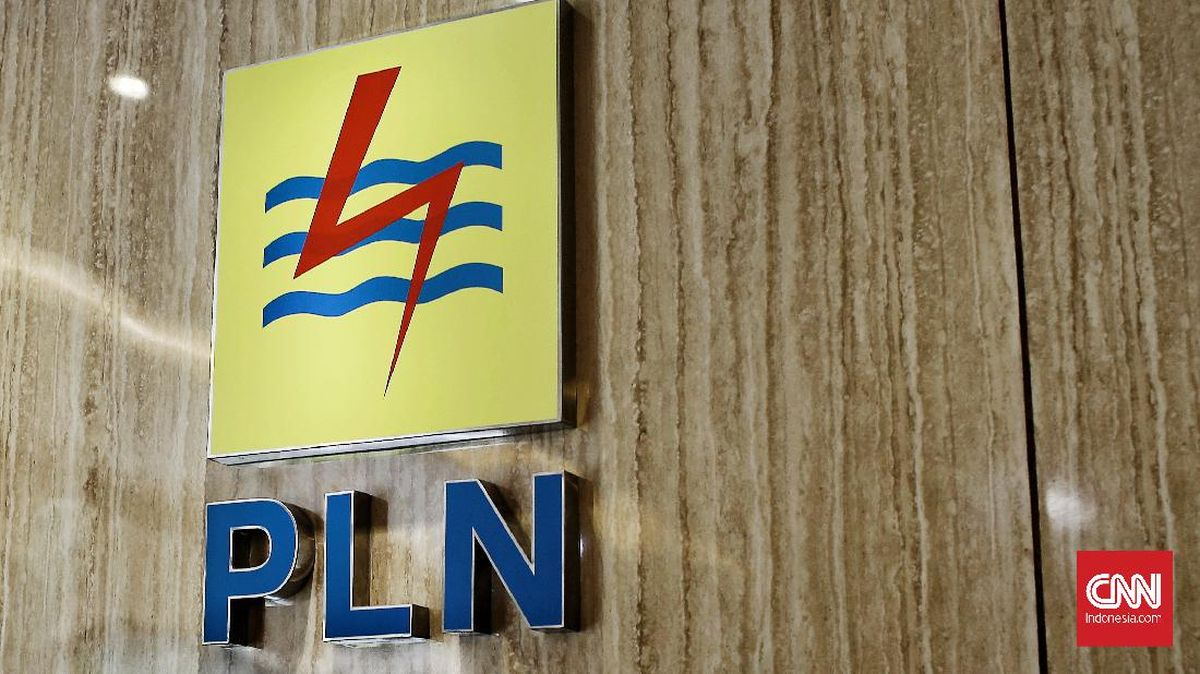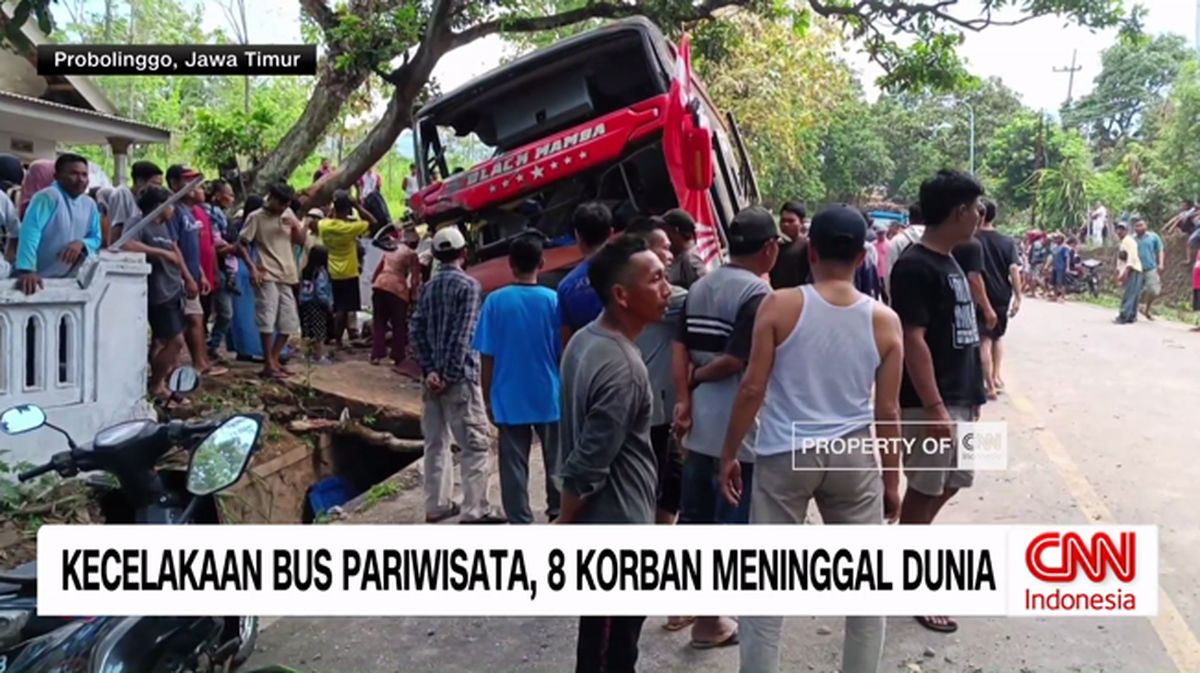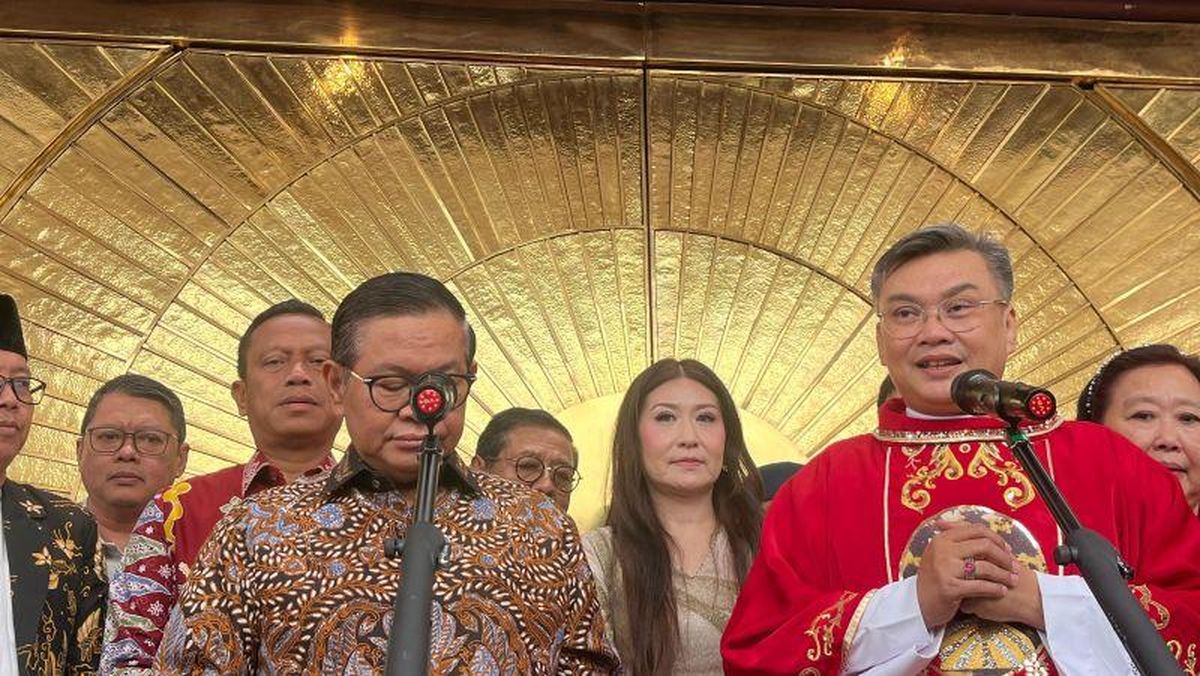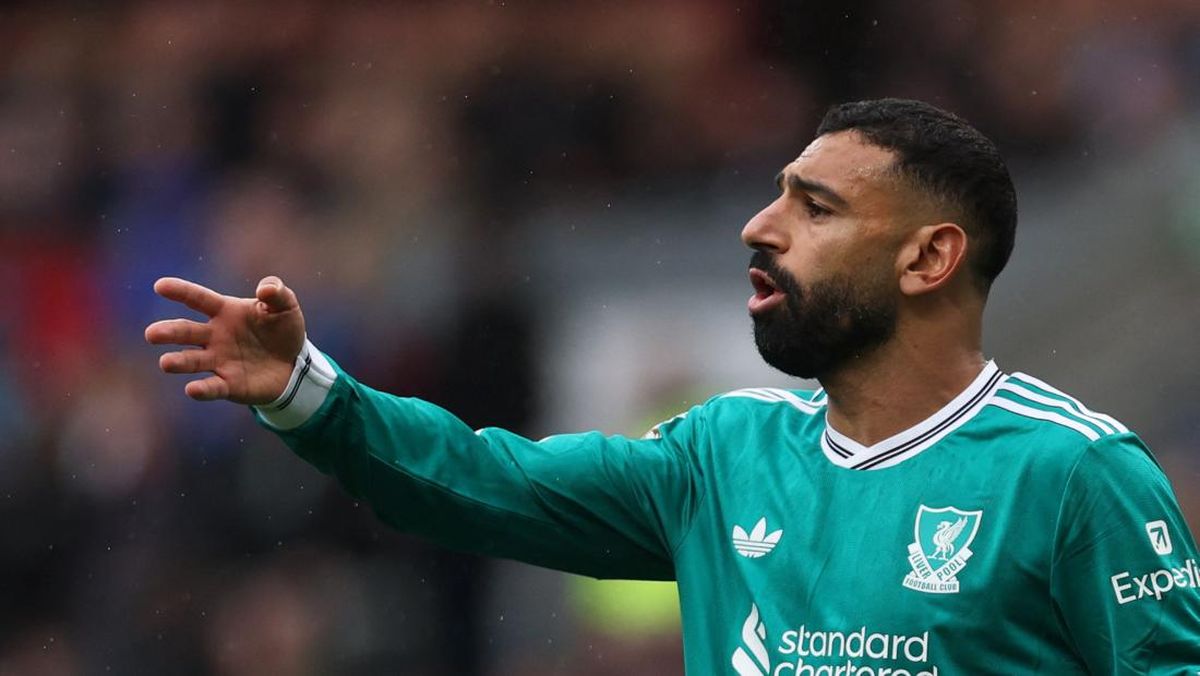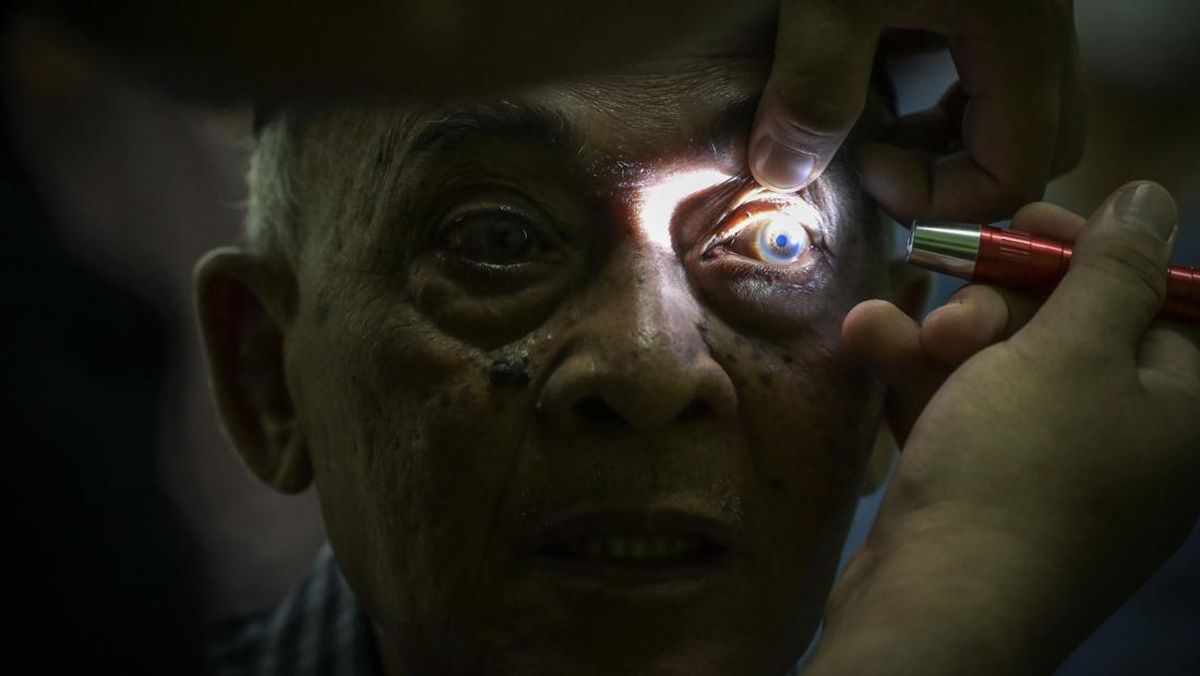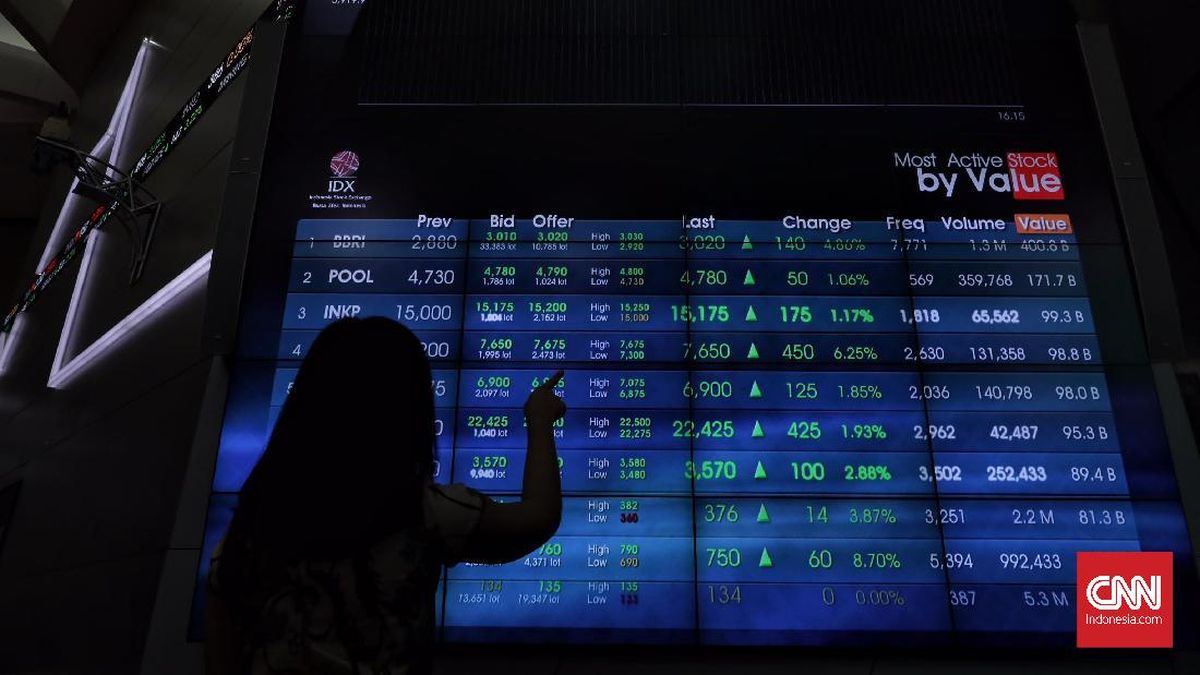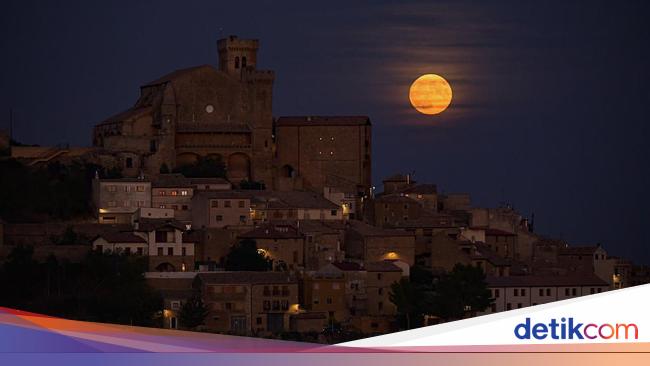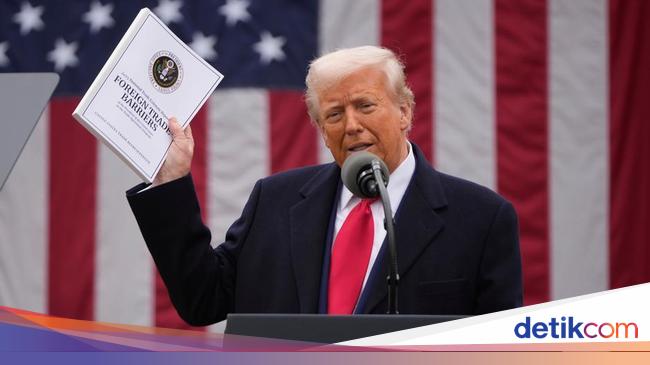How WA’s wealthiest private schools have their cake – and eat it too
We’re sorry, this feature is currently unavailable. We’re working to restore it. Please try again later.
The West Australian private schools serving the richest families in the state raked in millions of dollars from donations, investment income and other income in a year, new data shows.
The Australian Charities and Not-for-profits Commission has just released the data for 2023 which shows that 20 schools across the state with a median adjusted taxable family income of over $200,000 a year received a combined $46.5 million.
They received $14.6 million in donations, $8.4 million as investment income and $22.6 million in other income.
Other income could be in the form of rental properties, hire of facilities and sale of assets.
Of the 20 schools, just six received $31 million of the total.
Christ Church Grammar topped the list at $8.1 million, including $2.9 million in donations and $5.3 million from investments.
According to data the Department of Education released to Senate Estimates, the median family income was the highest in the state at $376,000.
The top 25 per cent of families in the school earned more than $690,000.
Save Our Schools convenor Trevor Cobbold, who aggregated the data, said these other income streams were problematic because they were not considered by the federal government when determining taxpayer funding of these schools.
The 20 schools received almost $218 million in government funding in 2023.
Loading
“It means they are being over-funded compared to public and other private schools that do not have such privileged income streams,” he said.
“It is an inequity that must be ended.”
Cobbold said the “loophole” resulted in higher government funding for schools than if non-fee income was included in the government funding assessment.
“Wealthy schools are in the privileged position of being able to collect millions in donations to fund more luxurious facilities which they can hire out,” he said.
“All this is because by some twisted logic these schools are regarded as charities.
“It is a huge waste of funds and simply adds to the huge resource advantage that exclusive private schools have over public schools.
“It reduces the amount of funds that would have far greater impact if spent on schools educating children from disadvantaged backgrounds.”
But Association of Independent Schools WA executive director Chris Massey said this argument was nonsensical.
He said the funding private schools received through these additional income streams were critical, to be used on refurbishment and upgrades to facilities and infrastructure because there was no government funding allocated for capital works under the current funding model.
Loading
Public schools are allocated capital works funding through the government.
He also said parental income was considered by the federal and state government when determining funding for schools, and so those institutions with higher parental incomes were receiving less than other schools anyway.
“The additional funding is the only way these high parental income schools can keep up with upgrades, unlike public schools which receive funding for capital works from the government,” Massey said.
“There is this stereotypical view out there that high fee private schools are using public money for capital works. This simply is not the case and not allowed under the funding model.”
Cobbold has called for the federal government to commission the National School Resourcing Board to conduct an inquiry on including non-fee income in the funding model.
Start the day with a summary of the day’s most important and interesting stories, analysis and insights. Sign up for our Morning Edition newsletter.
Most Viewed in National
Loading


